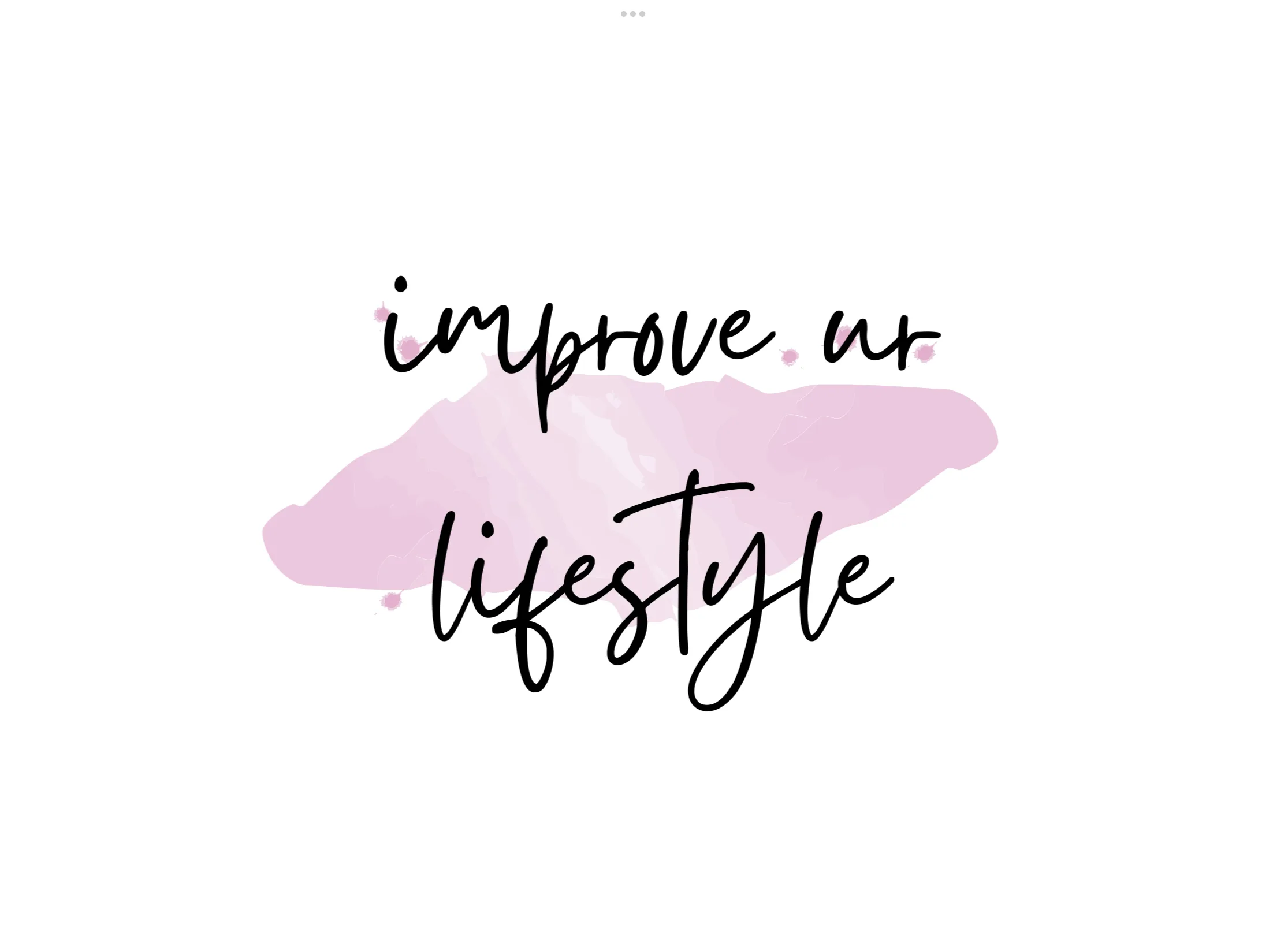Background Context
We’ve all heard the phrase: You never get a second chance to make a first impression. Science backs this up. Research shows that people form judgments about you within milliseconds of meeting. These impressions can influence hiring decisions, relationships, and even your perceived trustworthiness.
In an age where personal branding matters more than ever—online and offline—mastering your first impression is a power skill. This article dives deep into the psychology and science behind first impressions and offers practical, research-backed tips to make yours count.
In today’s digital world, your online presence is your first impression before you ever speak. Employers, clients, and even dates will Google you. Mastering the Follow-Up is crucial as your first impression doesn’t end with the first encounter—it’s reinforced by what you do after. Following up shows you’re thoughtful, organized, and genuinely interested in building a connection. Whether you’re meeting someone face-to-face or virtually, your first impression sets the tone for everything that follows. By understanding the science behind how people judge, you can take control of your image and build trust and credibility faster. Remember: You don’t have to be perfect. You just have to be intentional.UseRegenerateWrite More
1. What Happens in the First 7 Seconds
Studies show that people form a first impression within 0.1 to 7 seconds. In that flash of time, they evaluate your facial expressions, body language, attire, and tone—often without realizing it.
Key Judgments People Make:
- Trustworthiness
- Confidence
- Social status
- Warmth and competence
These snap judgments can become sticky, influencing future perceptions, even if they’re not entirely accurate.
2. The Psychology Behind Snap Judgments
Our brains are wired to make fast decisions for survival. This mental shortcut, called a “thin slice”, helps us assess others quickly. Unfortunately, it can also lead to bias and stereotyping.
Psychological Factors at Play:
- Priming: Past experiences influence current judgments.
- Facial bias: People tend to trust faces with certain traits (e.g., symmetrical, smiling).
- Confirmation bias: First impressions tend to color future interpretations of behavior.
Understanding this mechanism gives you the power to influence it.
3. The Power of Nonverbal Cues
Over 90% of communication is nonverbal. That means body language, eye contact, posture, and gestures speak louder than your words in that initial moment.
Body Language Tips:
- Maintain an open posture (no crossed arms).
- Smile naturally—not forced.
- Offer a firm handshake or greeting nod.
- Make direct eye contact (without staring).
4. Dress for the Message You Want to Send
Appearance is one of the first things people notice. Studies show that attire affects how competent, intelligent, and successful others perceive you to be.
Style Tips to Nail Your First Impression:
- Dress slightly above the expected standard for the occasion.
- Wear colors that match the mood (e.g., blue for trust, black for power).
- Ensure good grooming and cleanliness.
- Let your style reflect your personality while staying context-appropriate.
5. Vocal Tone and Language Choice Matter
Your voice tone and choice of words can change how people feel about you. A calm, clear, and enthusiastic voice signals confidence and competence.
Communication Tips:
- Speak clearly and deliberately.
- Avoid filler words like “um” or “like”.
- Match your tone to the energy of the interaction.
- Ask engaging questions to show genuine interest.
6. Mindset: Confidence Without Arrogance
People respond to confidence—but they’re repelled by arrogance. The key is to own your space without dominating it.
How to Project the Right Mindset:
- Practice self-affirmation before important meetings.
- Walk with purpose and relaxed shoulders.
- Focus on making the other person comfortable.
- Let curiosity guide the conversation.
7. The Digital First Impression (It Counts!)
In today’s digital world, your online presence is your first impression before you ever speak. Employers, clients, and even dates will Google you.
Online Impression Tips:
- Use a professional profile photo on LinkedIn and social media.
- Audit your digital content for professionalism.
- Write bios that balance personality and credibility.
- Respond to messages and comments respectfully and promptly.
8. Mastering the Follow-Up
Your first impression doesn’t end with the first encounter—it’s reinforced by what you do after.
Follow-Up Tips:
- Send a thank-you message or email within 24 hours.
- Mention something specific from your interaction.
- Maintain contact without being overbearing.
This shows you’re thoughtful, organized, and genuinely interested in building a connection.
Conclusion: Make Every First Impression Count
Whether you’re meeting someone face-to-face or virtually, your first impression sets the tone for everything that follows. By understanding the science behind how people judge, you can take control of your image and build trust and credibility faster.
